

Articles
How To Sell Wall Art
Modified: January 5, 2024
Learn how to sell wall art with our informative articles. Explore different strategies and tips to maximize your sales potential.
(Many of the links in this article redirect to a specific reviewed product. Your purchase of these products through affiliate links helps to generate commission for Storables.com, at no extra cost. Learn more)
Introduction:
Selling wall art is not just about creating beautiful pieces; it’s also about understanding your market, promoting your work, and providing excellent customer service. In this article, we will explore the steps you need to take to successfully sell wall art.
Wall art has become a popular way for people to decorate their homes and add a personal touch to their living spaces. With the rise of online marketplaces and social media platforms, artists now have more opportunities than ever to showcase their work and connect with potential buyers.
Whether you’re an established artist looking to expand your reach or a budding creative looking to turn your passion into a profitable venture, selling wall art can be a rewarding endeavor. By following these steps, you can maximize your chances of success and create a thriving business.
So, let’s dive into the details and learn how to sell wall art:
Key Takeaways:
- Understand your target market, create high-quality artwork, and utilize online platforms to sell wall art successfully. Providing excellent customer service is crucial for building long-term relationships and loyalty.
- Collaborate with influencers, attend art shows, and offer personalized options to enhance the value of your wall art. Utilize social media marketing and strategic pricing to attract a wider audience and drive sales.
Read more: How To Arrange Wall Art
Step 1: Research your market
Before you start creating your wall art, it’s crucial to have a thorough understanding of your target market. Researching your market will help you identify the preferences, trends, and demands of potential customers, allowing you to tailor your artwork accordingly.
Here are some tips to help you research your market:
- Identify your target audience: Determine who your ideal customers are. Consider factors such as age, interests, and demographics. This will help you create artwork that appeals to your target market.
- Study current trends: Stay updated on the latest trends in wall art. Browse through magazines, online art galleries, and social media platforms to see what styles and themes are popular. However, don’t be afraid to explore unique and niche ideas that cater to specific segments of the market.
- Analyze competitors: Research other artists and businesses that sell wall art. Observe their techniques, pricing strategies, and marketing efforts. This will give you insights into what works and help you differentiate yourself from the competition.
- Seek customer feedback: Conduct surveys or interviews with your target audience to gather their opinions and preferences. This will provide valuable insights into what they look for in wall art, helping you create pieces that resonate with potential buyers.
- Use online analytics tools: Utilize online analytics tools to gain insights into popular search terms and trends related to wall art. This data can help you optimize your website and product descriptions for better search engine visibility.
By conducting thorough market research, you will be equipped with the knowledge necessary to create wall art that aligns with the desires and expectations of potential customers. This will increase the chances of your artwork being well-received and boost your sales.
Step 2: Create high-quality artwork
When it comes to selling wall art, the quality of your artwork plays a crucial role in attracting customers and encouraging sales. It’s important to invest time and effort into creating pieces that are visually appealing, well-crafted, and unique.
Here are some tips to help you create high-quality artwork:
- Master your technique: Develop and refine your artistic skills. Practice different techniques, experiment with various mediums, and continuously evolve your style. This will not only enhance the quality of your artwork but also make you stand out as an artist.
- Focus on composition and aesthetics: Pay attention to the composition and aesthetics of your artwork. Consider factors such as color harmony, balance, and focal points. Create visually pleasing pieces that capture the attention and evoke emotion in viewers.
- Use high-quality materials: Use top-notch materials, such as archival paper, canvas, or paints, to ensure the longevity and durability of your artwork. High-quality materials not only enhance the visual appeal of your pieces but also convey a sense of professionalism and value to potential buyers.
- Pay attention to details: Sweat the small stuff. Focus on intricate details, textures, and subtle nuances that elevate your artwork. Pay attention to shading, highlighting, and fine lines to add depth and dimension to your pieces.
- Create a cohesive collection: Consider creating a cohesive collection of artwork that shares a common theme or style. This will help establish your brand and give customers a sense of your artistic identity. A consistent and recognizable body of work can also make it easier to market and sell your artwork.
- Seek feedback and critique: Don’t be afraid to seek feedback and critique from other artists or art professionals. Join art communities or attend workshops and exhibitions where you can connect with peers who can provide valuable insights and help you improve your craft.
Remember, creating high-quality artwork is not just about technical skills but also about infusing your own unique style and perspective. Aim to create pieces that resonate with your target audience and leave a lasting impression.
Step 3: Determine pricing strategy
Setting the right pricing strategy for your wall art is crucial in order to attract customers, cover your costs, and ensure profitability. It’s important to find a balance between pricing your artwork competitively and valuing your time and effort as an artist.
Here are some factors to consider when determining your pricing strategy:
- Evaluate your costs: Calculate the cost of materials, production, packaging, shipping, and any other expenses incurred in creating and selling your artwork. This will give you a baseline understanding of the minimum price you need to set to cover your costs.
- Consider your market: Research the market and analyze the pricing ranges of similar artwork. Take into account factors such as size, medium, and complexity of your pieces, as well as the perceived value of your brand. Avoid underpricing your artwork, as it may devalue your work and make it difficult to raise prices in the future.
- Offer different price points: Consider offering a range of prices to cater to different customer budgets. This can include smaller, more affordable pieces as well as larger, higher-priced artworks. Providing options allows you to target a wider audience and increase the chances of making sales.
- Factor in your time and expertise: Don’t forget to account for the time and expertise you put into creating your artwork. Your skills, experience, and artistic vision have value, so include them in your pricing calculations.
- Consider exclusivity: If you offer limited editions or one-of-a-kind pieces, you can charge a higher price due to their exclusivity. This creates a sense of rarity and value for potential buyers.
- Test and adjust: Start with a pricing strategy, but be open to adjusting it based on customer feedback, market demand, and sales performance. Continuous evaluation and refinement of your pricing strategy will help you find the sweet spot for your artwork.
Remember, pricing your artwork is both an art and a science. It’s important to strike a balance between being competitive in the market and valuing your craftsmanship and expertise as an artist. By carefully considering these factors, you can set a pricing strategy that is fair, profitable, and appealing to your target audience.
Step 4: Set up an online presence
In today’s digital age, having a strong online presence is essential for selling wall art. Creating an online platform where potential customers can discover, learn about, and purchase your artwork opens up a world of opportunities for your business.
Here are the steps to set up an effective online presence:
- Create a website: Start by building a professional website that showcases your artwork. Make sure it has an appealing design, is easy to navigate, and provides all the necessary information about your artwork, pricing, and ordering process. Include a gallery of your pieces with high-quality images and descriptions.
- Optimize for search engines: Implement Search Engine Optimization (SEO) techniques to improve your website’s visibility in search engine rankings. Research relevant keywords and incorporate them into your website content, titles, and meta descriptions to attract organic traffic. Focus on creating valuable and informative content to establish your credibility and authority as an artist.
- Offer an online store: Provide a seamless and secure online shopping experience by setting up an e-commerce platform on your website. This allows customers to browse your artwork, view prices, and make purchases directly from your site. Ensure your payment gateway is secure and offers multiple payment options to cater to different customer preferences.
- Engage with your audience: Use social media platforms, such as Instagram, Facebook, and Pinterest, to share your artwork, engage with followers, and build a community around your brand. Regularly post updates, behind-the-scenes content, and sneak peeks to keep your audience interested and involved. Respond to comments and messages promptly to provide excellent customer service.
- Collect customer testimonials: Leverage the power of social proof by collecting and showcasing customer testimonials on your website and social media platforms. Positive reviews and feedback from satisfied customers can help build trust with potential buyers and encourage them to make a purchase.
- Collaborate with other platforms: Explore opportunities to collaborate with online marketplaces, art galleries, or interior design websites that align with your target audience. Partnering with established platforms can help increase your exposure and reach a wider customer base.
- Monitor analytics: Utilize web analytics tools to track the performance of your website and social media channels. Monitor metrics such as traffic, engagement, and conversions to gain insights into what is working well and identify areas for improvement.
Having a strong online presence not only allows you to showcase your artwork to a global audience but also provides an avenue for direct sales and customer engagement. Make sure to regularly update your online platforms with new releases and promotions to keep your audience engaged and coming back for more.
Read more: How To Style Wall Art
Step 5: Promote your wall art
Promoting your wall art is essential for gaining visibility, attracting potential buyers, and driving sales. With a myriad of marketing strategies available, it’s important to choose the ones that align with your target audience and budget.
Here are some effective ways to promote your wall art:
- Optimize your website for promotion: Ensure your website is optimized for promotion by incorporating appealing visuals, compelling product descriptions, and clear calls-to-action. Use high-quality images of your artwork and create a sense of urgency and exclusivity by adding limited-time offers or discounts.
- Run targeted online advertising campaigns: Utilize platforms like Google Ads or Facebook Ads to run targeted advertising campaigns. Identify specific demographics, interests, and geographical locations that align with your target market. This will maximize your reach and increase the chances of reaching potential buyers.
- Collaborate with influencers and bloggers: Partner with influencers and bloggers who have a strong following in the art and lifestyle niche. They can help promote and endorse your artwork to their audience, increasing your brand awareness and driving traffic to your website.
- Participate in art contests and online exhibitions: Submit your artwork to art contests and online exhibitions. They provide an opportunity to showcase your work to a wider audience, gain recognition, and potentially secure sales or commissions.
- Create engaging content: Produce engaging and informative content related to your artwork. This can include blog posts, videos, or tutorials that showcase your creative process, provide artistic tips, or share interesting stories behind your pieces. Share this content on your website, social media platforms, and other relevant art communities.
- Collaborate with complementary businesses: Partner with businesses that complement your artwork, such as interior designers, home decor stores, or art supply shops. Cross-promote each other’s products or collaborate on exclusive collections. This leverages their customer base and exposes your artwork to new audiences.
- Offer special promotions and discounts: Create limited-time promotions, discounts, or bundle deals to incentivize customers to buy your wall art. This can help drive sales and attract new buyers who are looking for a good deal.
- Attend art shows and exhibitions: Participate in local or virtual art shows, exhibitions, and craft fairs. These events allow you to showcase your artwork directly to potential buyers, network with fellow artists, and gain exposure in the art community.
Remember, consistent promotion is key to keeping your artwork in the minds of potential buyers. Experiment with different strategies, monitor the results, and adjust your promotional efforts accordingly. Building a strong brand presence and constantly staying engaged with your audience will help drive interest and generate more sales for your wall art.
When selling wall art, showcase it in a well-lit area to highlight its details and colors. This will help potential buyers visualize how it will look in their own space.
Step 6: Utilize social media marketing
Social media platforms have become powerful tools for artists to showcase their work, connect with a wide audience, and drive sales. Leveraging social media marketing can help you reach and engage with potential buyers, build a strong brand presence, and keep your artwork in the spotlight.
Here are some effective strategies to utilize social media marketing for promoting your wall art:
- Choose the right platforms: Identify the social media platforms that align with your target audience and artistic style. Whether it’s Instagram, Facebook, Pinterest, or Twitter, focus your efforts on platforms where your target audience is most active.
- Create a visually appealing feed: Maintain a cohesive and visually appealing feed by curating high-quality images of your artwork. Use consistent branding, color schemes, and filters to create a strong visual identity that resonates with your audience.
- Engage with your followers: Respond to comments and messages promptly. Encourage engagement by asking questions, hosting giveaways, or running contests. Engaging with your followers helps build relationships, generates excitement, and fosters a sense of community around your artwork.
- Utilize hashtags: Utilize relevant and popular hashtags to expand your reach on social media platforms. Research and include specific art-related hashtags, as well as broader hashtags related to your niche or style. This will help your content be discovered by users who are actively searching for art inspiration or wall decor.
- Showcase your creative process: Share behind-the-scenes glimpses of your creative process. Post progress photos, time-lapse videos, or stories that showcase the journey behind your artwork. This provides a glimpse into your artistic process and helps build a connection with your audience.
- Collaborate with other artists and influencers: Collaborate with fellow artists or influencers in the art and design community. This can include cross-promotions, shout-outs, or joint giveaways. Partnering with others not only exposes your artwork to new audiences but also allows for creative collaborations and networking opportunities.
- Share customer testimonials and stories: Showcase customer testimonials, reviews, and stories of how your artwork has positively impacted their space or life. User-generated content adds credibility to your brand and encourages potential buyers to trust your artwork.
- Run targeted ads: Utilize social media advertising tools to run targeted ads to reach specific demographics or interests. Experiment with different ad formats, such as carousel ads or video ads, to showcase your artwork and catch the attention of potential buyers.
Consistency is key when it comes to social media marketing. Regularly post content, engage with your audience, and stay up to date with the latest trends and features on the platforms you choose. By utilizing social media effectively, you can create a loyal following, increase brand visibility, and drive sales for your wall art.
Step 7: Collaborate with influencers and bloggers
Collaborating with influencers and bloggers in the art and design industry can significantly boost your visibility, expand your reach, and generate interest in your wall art. Influencers and bloggers have dedicated followers who trust their recommendations, making them valuable partners in promoting your artwork.
Here are some effective strategies for collaborating with influencers and bloggers:
- Identify relevant influencers and bloggers: Research and identify influencers and bloggers whose audience aligns with your target market. Look for those who have a strong following and engage with their audience consistently.
- Reach out with a personalized pitch: Craft a personalized pitch when contacting influencers and bloggers. Explain why you think your artwork would resonate with their audience and how the collaboration would benefit both parties. Offer a sample or arrange to send them a piece of your artwork for review.
- Offer unique collaborations: To make your collaboration stand out, propose unique ideas where the influencer or blogger can personally connect with your artwork. This can include featuring your artwork in their home or workspace, creating a dedicated blog post or social media campaign showcasing your artwork, or organizing an exclusive giveaway for their followers.
- Provide clear guidelines and expectations: Clearly communicate your expectations regarding the scope of the collaboration, including the type and frequency of content, timelines, and any specific hashtags or messaging you want them to use. This ensures that the collaboration aligns with your brand image and marketing objectives.
- Track and amplify their content: Stay engaged throughout the collaboration by tracking and amplifying the influencer’s or blogger’s content featuring your artwork. Like, comment, and share their posts to show appreciation and support. This also helps to extend the reach of their content and increase brand visibility.
- Encourage user-generated content: Prompt the influencer or blogger to encourage their followers to create user-generated content featuring your artwork. This can include photos of the artwork in their own homes or creative interpretations of your pieces. User-generated content not only increases engagement but also acts as social proof for potential buyers.
- Measure and evaluate the collaboration: Monitor the metrics and results of the collaboration to evaluate its success. Look at key performance indicators such as engagement, reach, website traffic, and sales generated during the collaboration period. This data will help you determine the effectiveness of the collaboration and guide future collaborations.
Collaborating with influencers and bloggers allows you to tap into their established audience and leverage their credibility and influence to promote your artwork. By creating meaningful partnerships, you can significantly expand your brand’s reach and attract new customers to your wall art.
Step 8: Attend art shows and exhibitions
Attending art shows and exhibitions is a valuable opportunity for artists to showcase their wall art, connect with other creatives, and engage with potential customers. These events provide a platform to gain exposure, receive feedback, and potentially make sales or establish long-term relationships with art enthusiasts and collectors.
Here are some tips to make the most of art shows and exhibitions:
- Research and choose the right events: Research and select art shows and exhibitions that align with your artistic style, target audience, and location. Consider the reputation of the event, its target market, and the type of artwork that typically attracts attention at that venue.
- Create an eye-catching display: Design a visually appealing and professional display for your wall art. Use proper lighting, backdrops, and signage to make your booth or space stand out. Organize your artwork in an aesthetically pleasing manner that invites visitors to explore and engage.
- Have a range of artwork: Offer a diverse range of artwork at various price points to cater to different customer budgets and preferences. This allows visitors to have a variety of options to choose from and increases the likelihood of making sales.
- Engage with visitors: Be approachable and engage in conversations with visitors who show interest in your artwork. Be prepared to explain your artistic process, inspiration, and the story behind each piece. Answer questions, provide additional information, and listen to feedback to build connections and leave a lasting impression.
- Collect contact information: Have a sign-up sheet or digital tablet available for visitors to leave their contact information. This allows you to create a mailing list and follow up with potential customers after the event. Stay in touch by sharing updates, new releases, or exclusive offers.
- Network with fellow artists: Take the opportunity to network with other artists and industry professionals attending the event. Build relationships, exchange insights, and explore potential collaborations or shared promotional opportunities. Networking within the art community can open doors to new opportunities and expand your reach.
- Promote your participation: Before the event, leverage your social media platforms, website, and mailing list to announce your participation. Create anticipation and excitement by offering exclusive previews or limited-edition releases. During the event, actively share updates, photos, and behind-the-scenes content to keep your audience engaged and attract visitors to your booth.
- Follow up after the event: After the event concludes, follow up with leads and potential buyers by sending personalized emails or making phone calls. Express gratitude for their interest and offer any post-event promotions or discounts to encourage purchasing decisions.
Attending art shows and exhibitions gives you a unique opportunity to showcase your art in person, connect with a targeted audience, and gain valuable feedback. By making the most of these events, you can expand your network and increase your chances of selling your wall art.
Read more: How To Create Wall Art
Step 9: Offer personalized/customized options
Offering personalized or customized options for your wall art can greatly enhance the value and appeal to potential customers. Personalization allows individuals to connect with your artwork on a deeper level by incorporating their own unique preferences and experiences into the piece.
Here are some ways to offer personalized or customized options for your wall art:
- Custom colors or sizes: Provide the option for customers to choose specific colors or sizes for your artwork. This allows them to match your piece perfectly to their existing decor or space, increasing its perceived value.
- Commissioned pieces: Offer commissioned artwork where customers can request a custom piece tailored to their preferences. This could be a portrait, a specific subject matter, or a unique interpretation. Collaborating directly with customers on commissioned pieces allows for a more personal connection and ensures that the artwork is one-of-a-kind.
- Incorporate personal elements: Incorporate personal elements or meaningful symbols into your artwork. This could include initials, names, special dates, or significant objects that hold sentimental value to the customer. This customization adds an extra layer of personalization and makes the artwork more cherished.
- Collaborate on designs: Involve customers in the design process by seeking their input and incorporating their ideas. This can be done through questionnaires, surveys, or consultation sessions. Involving customers in co-creating the artwork fosters a sense of ownership and strengthens the emotional connection to the piece.
- Provide framing or display options: Offer various framing or display options for your artwork. This allows customers to choose a frame style or display method that enhances the overall aesthetic and complements their personal taste and decor.
- Personalized inscriptions or messages: If appropriate, offer the option to include personalized inscriptions or messages on the artwork itself or the packaging. This is particularly meaningful for gifts or commemorative pieces and adds a personal touch for the recipient.
By offering personalized and customized options, you provide customers with a unique and tailored experience. This sets your artwork apart from mass-produced pieces and strengthens the emotional connection between the customer and the art. It also allows you to offer a wider range of options and cater to a broader audience.
Step 10: Provide excellent customer service
Providing excellent customer service is a crucial step in selling wall art and building a loyal customer base. Positive interactions and exceptional service can leave a lasting impression, foster customer satisfaction, and increase the likelihood of repeat business and referrals. Here are some key strategies to provide excellent customer service:
- Be responsive and prompt: Respond to customer inquiries, questions, and concerns in a timely manner. Aim to provide prompt and helpful responses to create a positive experience and show your dedication to customer satisfaction.
- Communicate clearly: Clearly communicate order details, shipping timelines, and any other relevant information to the customer. Set realistic expectations and keep customers informed about the progress of their order. Clear and transparent communication helps avoid confusion and build trust.
- Package your artwork with care: Take extra care in packaging your artwork to ensure it arrives in perfect condition. Use appropriate packaging materials, protective coverings, and sturdy boxes. This shows your attention to detail and reinforces the value you place on your artwork.
- Offer flexible and hassle-free returns: Have a clear and fair return policy in place. Provide customers with the option to return or exchange artwork if it doesn’t meet their expectations. Make the return process as easy and straightforward as possible to promote customer confidence in their purchase.
- Show gratitude and appreciation: Express your gratitude and appreciation to customers for their support. Consider including a handwritten thank-you note or a small token of appreciation with their purchase. This personal touch goes a long way in creating a positive and memorable experience.
- Solicit and respond to feedback: Encourage customers to leave reviews and feedback about their experience with your artwork and service. Take the time to respond to these reviews, both positive and negative, in a professional and constructive manner. This shows your commitment to continuous improvement and customer satisfaction.
- Go above and beyond: Surprise and delight your customers by going the extra mile. This could include offering occasional freebies, running exclusive promotions for repeat customers, or providing personalized recommendations based on their preferences. These gestures show that you value their support and make them feel special.
- Build long-term relationships: Cultivate relationships with your customers beyond the initial transaction. Stay connected through email newsletters, social media updates, or exclusive previews of new artwork. Engage with their posts and celebrate their milestones. Building a community fosters loyalty and encourages repeat business.
Remember, exceptional customer service sets you apart from competitors and creates a positive reputation for your business. By prioritizing the needs and satisfaction of your customers, you can establish long-term relationships and turn satisfied buyers into loyal advocates for your wall art.
Conclusion:
Successfully selling wall art requires a combination of creativity, strategic planning, and a customer-centric approach. By following the ten steps outlined in this article, you can increase your chances of success and achieve your goals as an artist and entrepreneur.
Through market research, you can gain valuable insights into the preferences and trends of your target audience. This knowledge allows you to create high-quality artwork that resonates with potential buyers. Determining your pricing strategy ensures that your artwork is competitive in the market while also valuing your time and expertise.
Setting up an online presence, utilizing social media marketing, and collaborating with influencers and bloggers expands your reach and attracts a wider audience. Attending art shows and exhibitions allows you to connect with potential customers directly and showcase your artwork in person. Offering personalized and customized options enhances the value and connection customers have with your art.
However, all of these efforts are incomplete without providing excellent customer service. By being responsive, transparent, and attentive to your customers’ needs, you can build trust, foster loyalty, and generate positive word-of-mouth recommendations.
Remember, selling wall art is a journey that requires continuous learning, adaptation, and dedication. Embrace the process, stay open to feedback, and always strive to improve your craft and business practices.
With perseverance, a passion for your art, and a customer-centric mindset, you can find success in the competitive world of selling wall art. Good luck!
Frequently Asked Questions about How To Sell Wall Art
Was this page helpful?
At Storables.com, we guarantee accurate and reliable information. Our content, validated by Expert Board Contributors, is crafted following stringent Editorial Policies. We're committed to providing you with well-researched, expert-backed insights for all your informational needs.
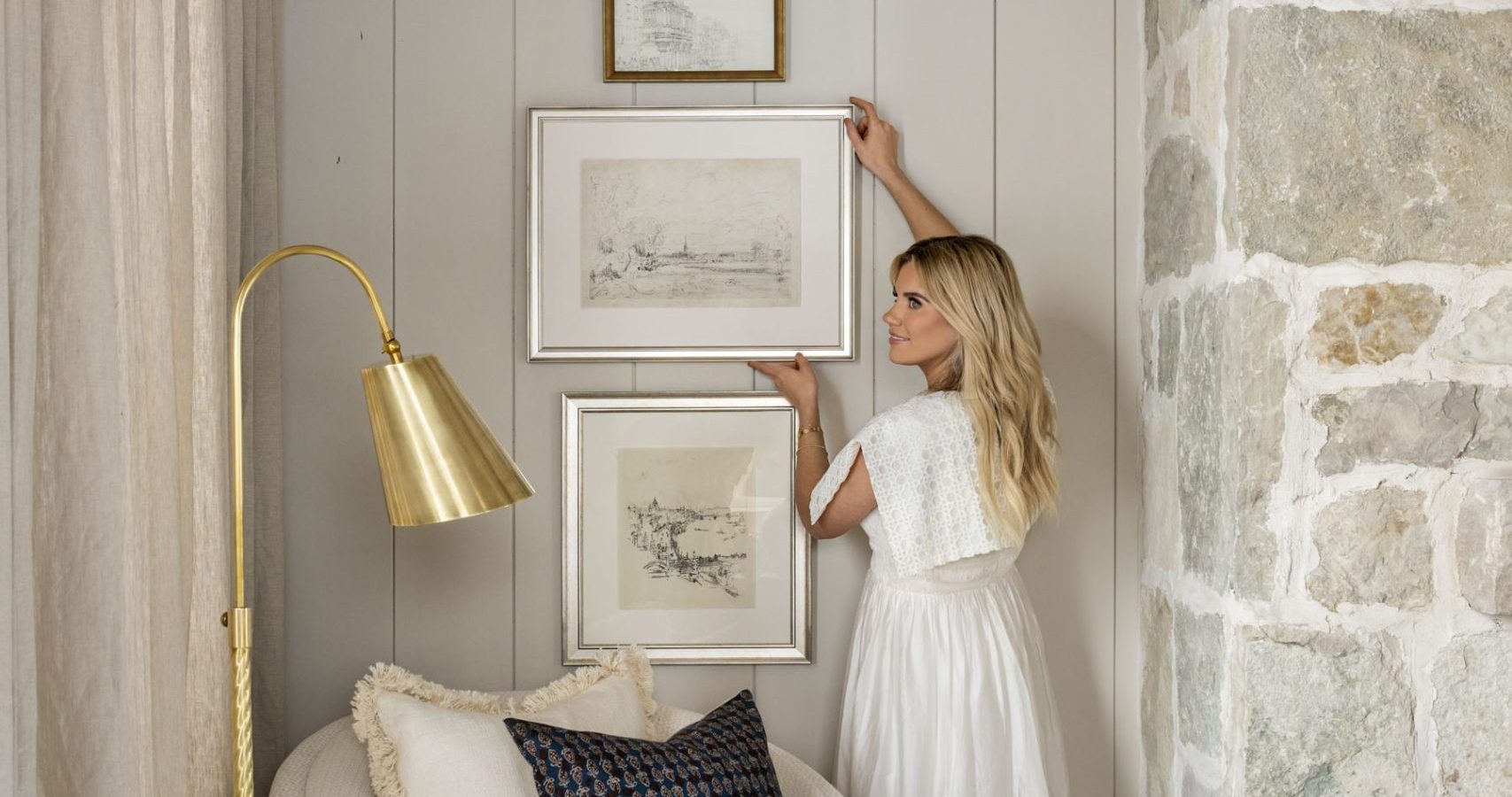
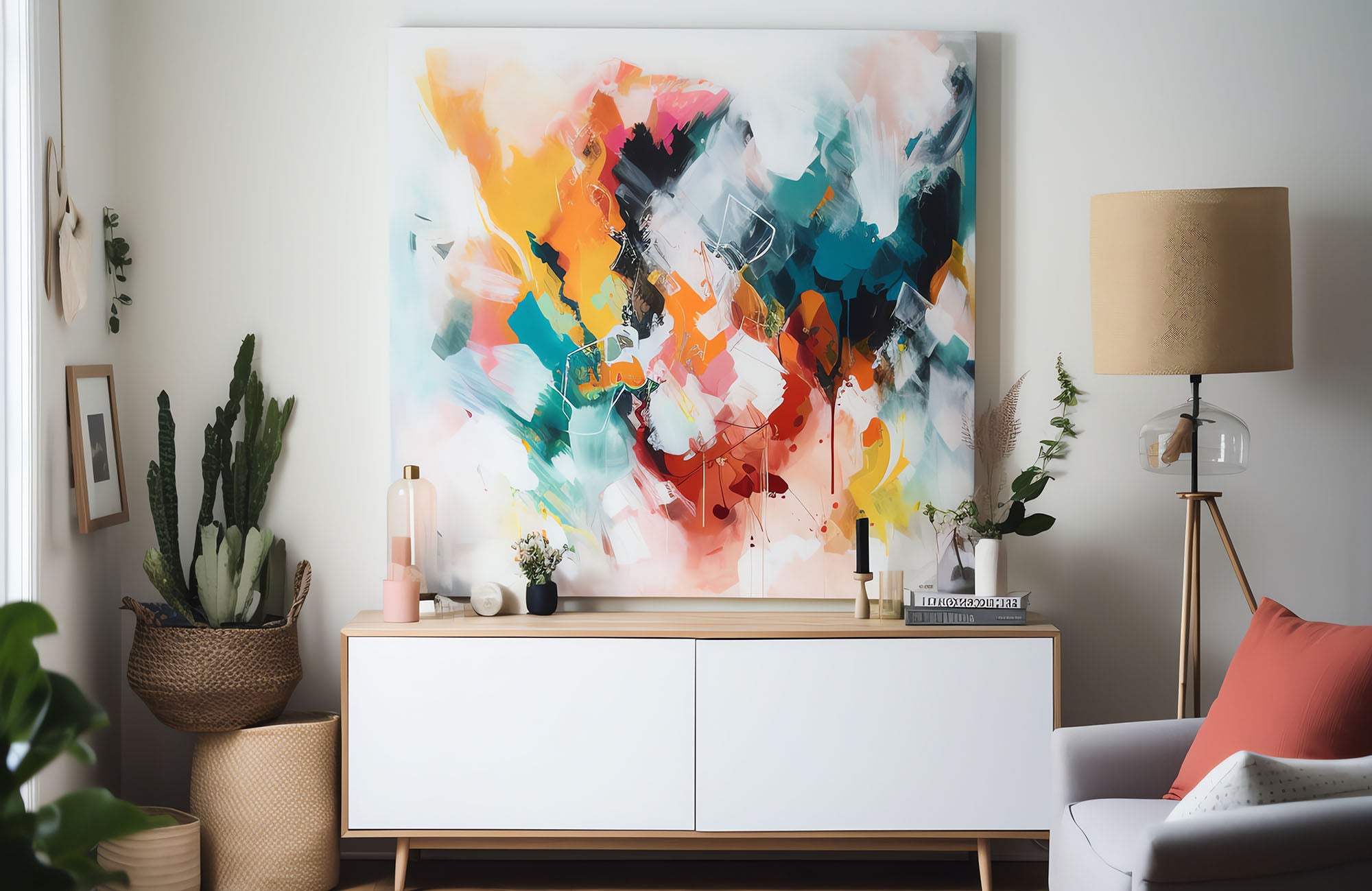
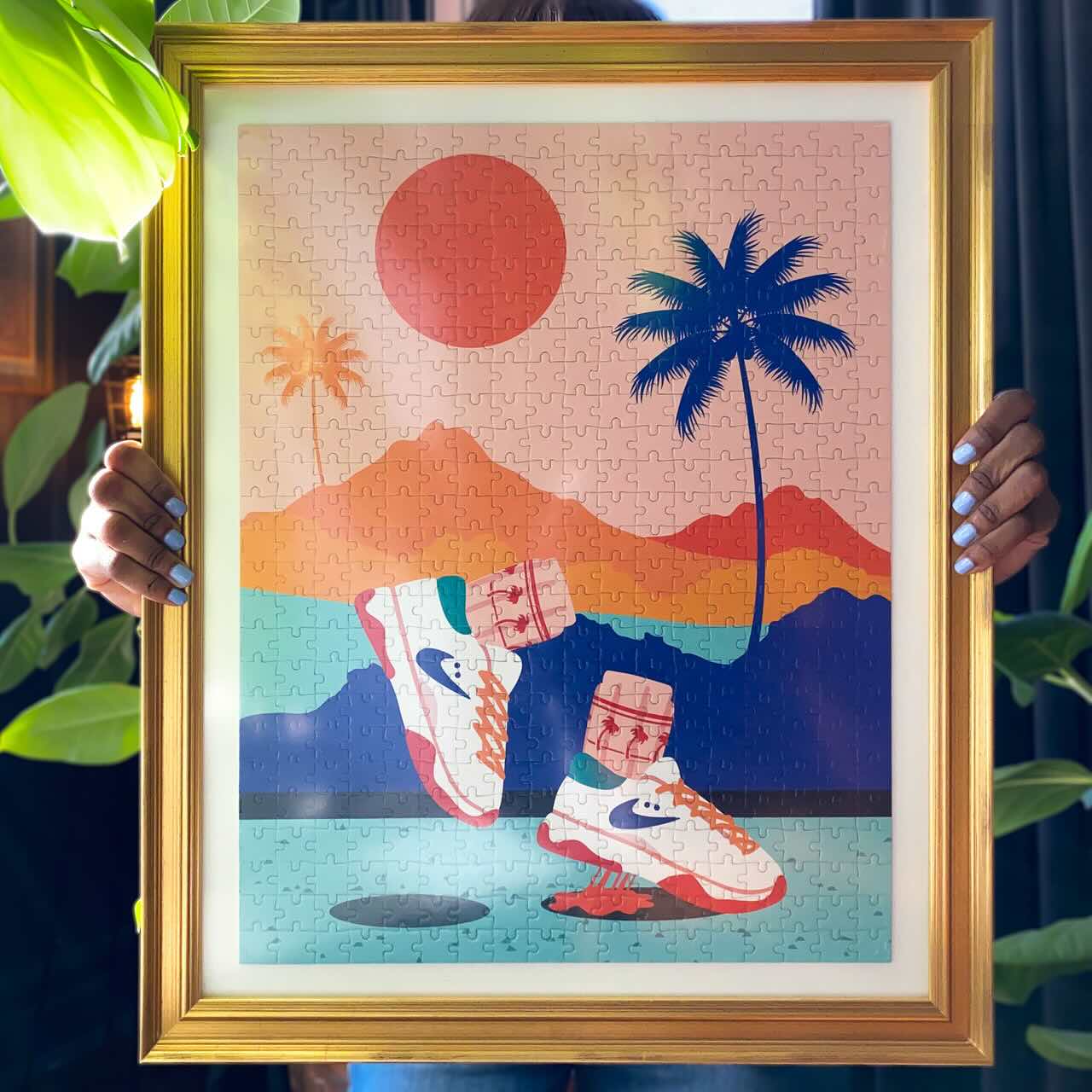
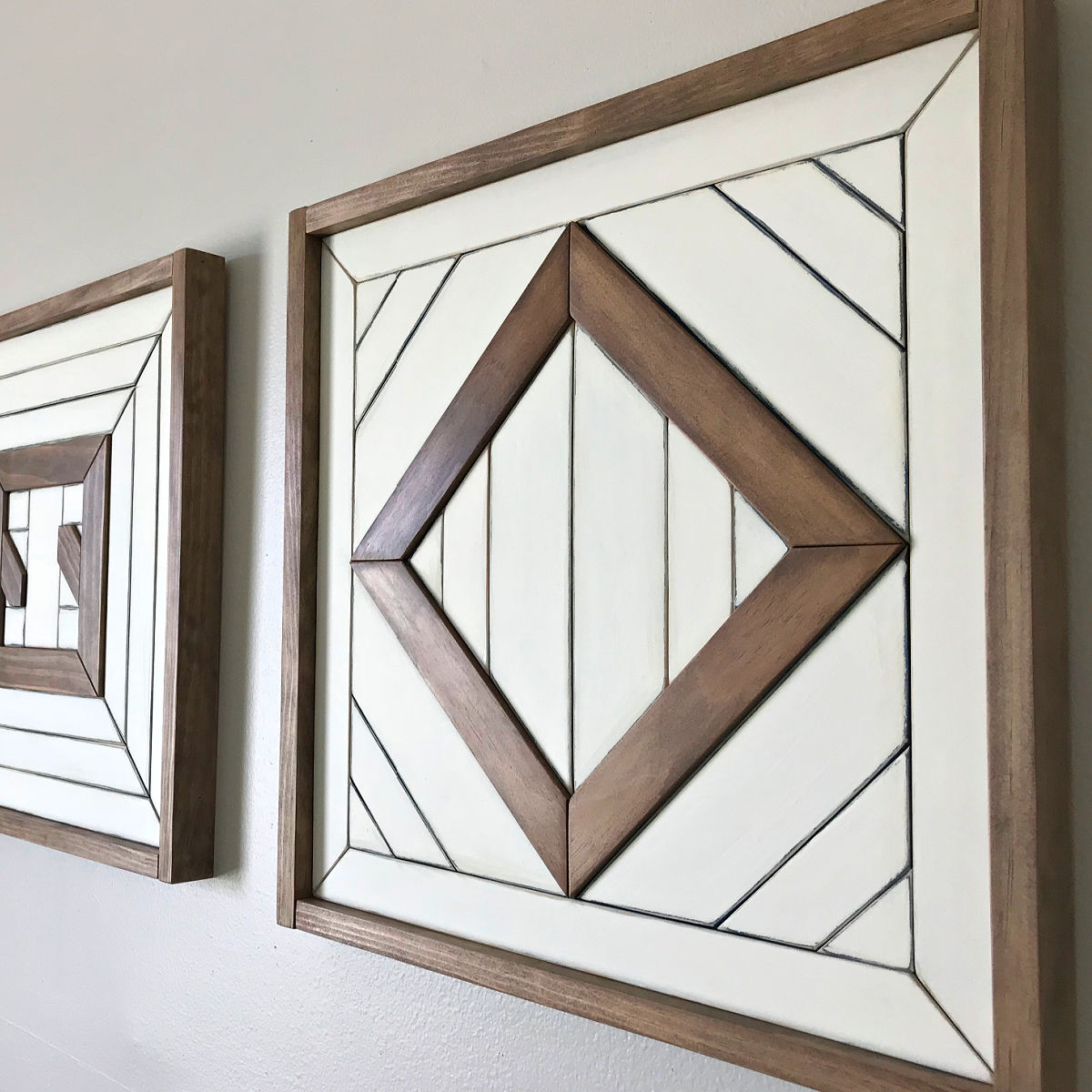
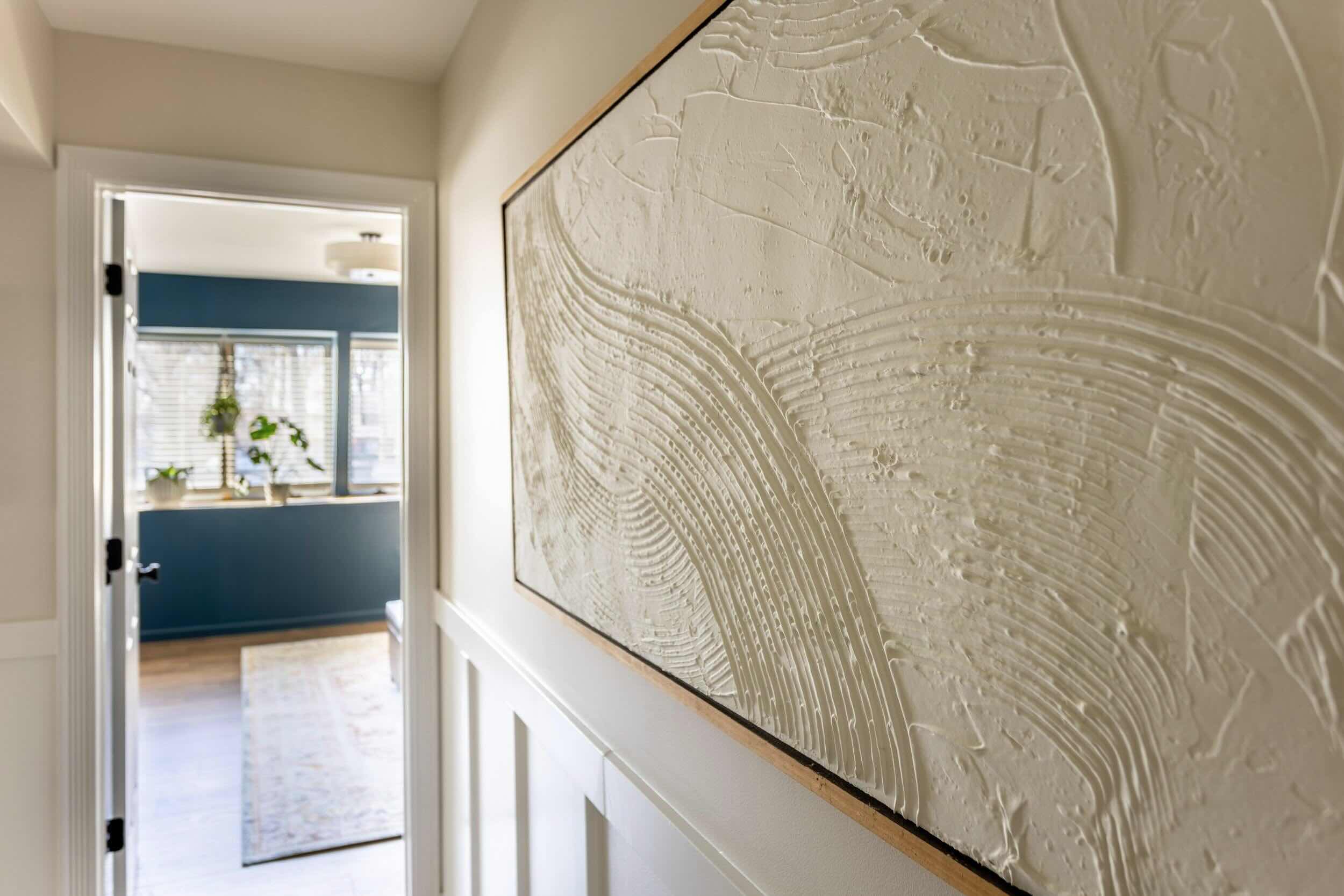
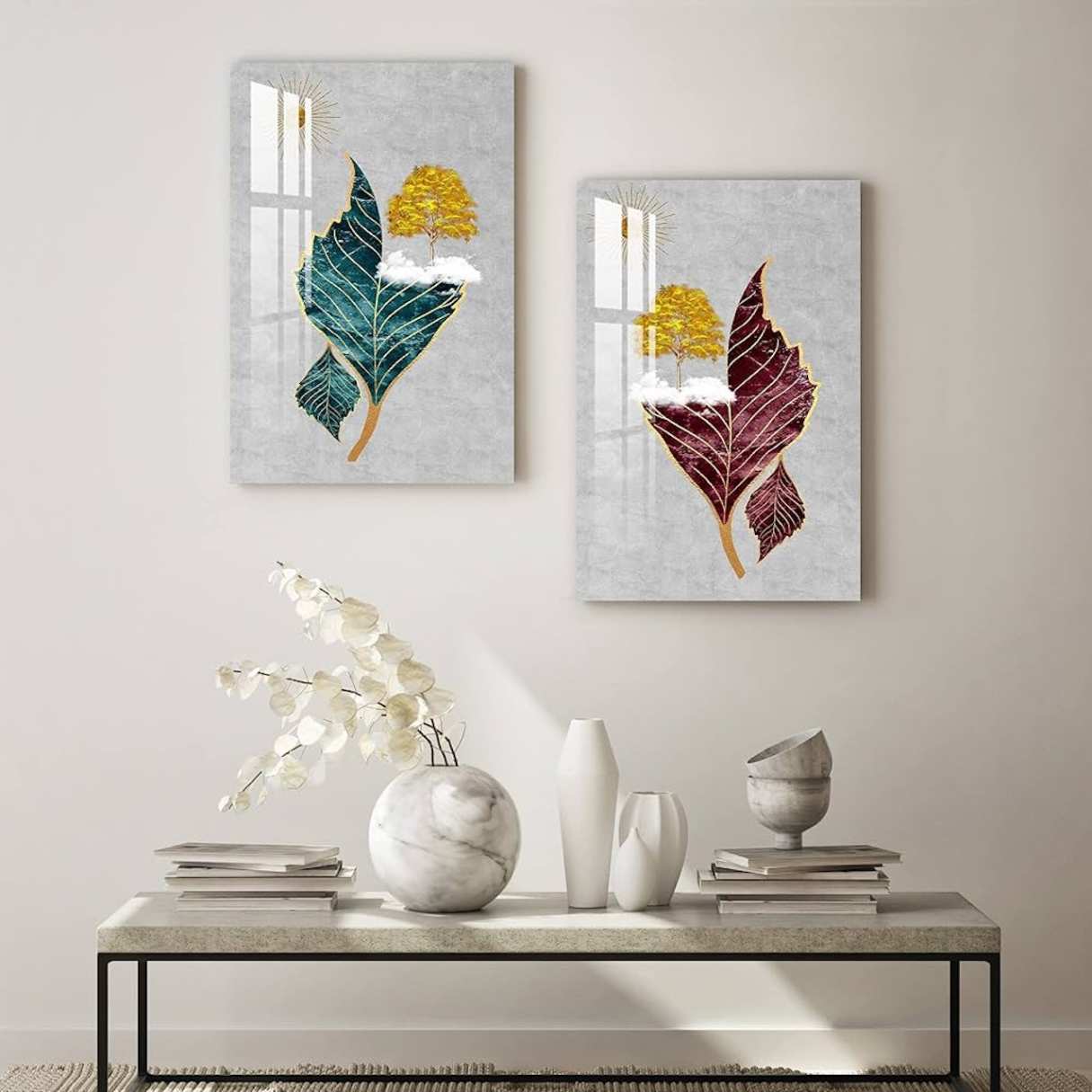
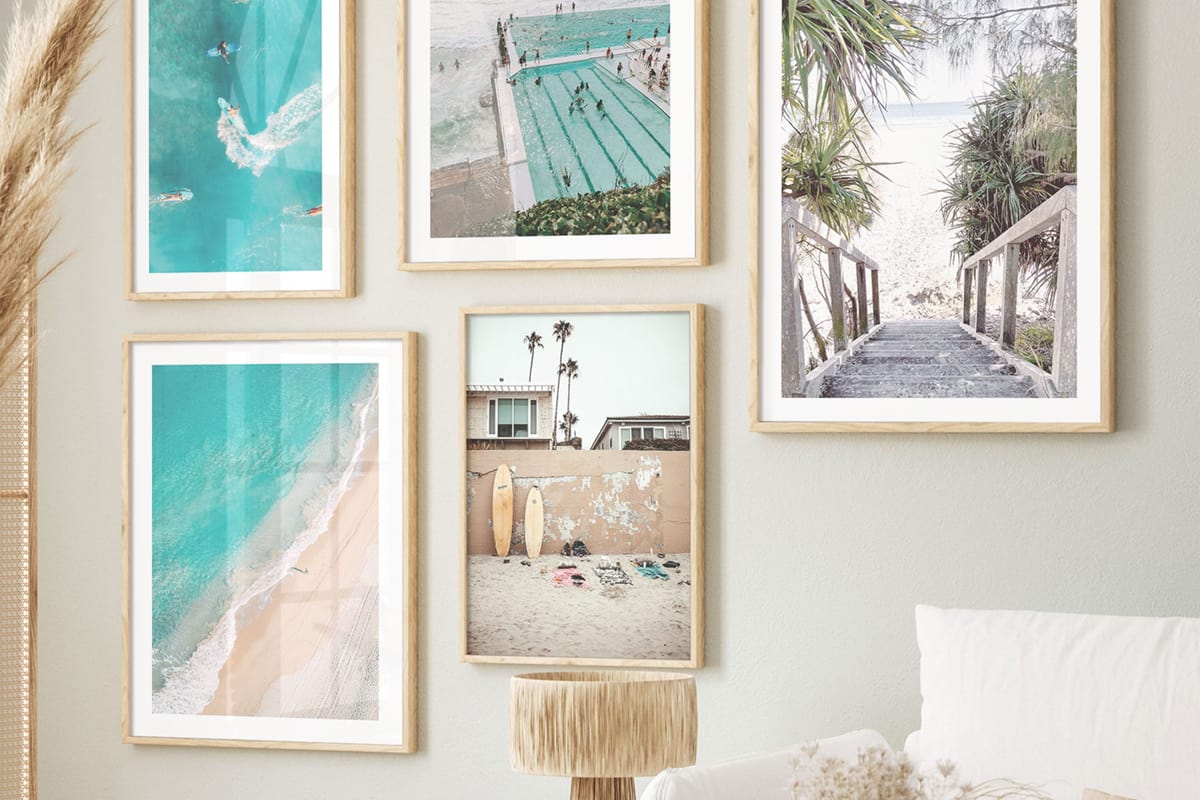
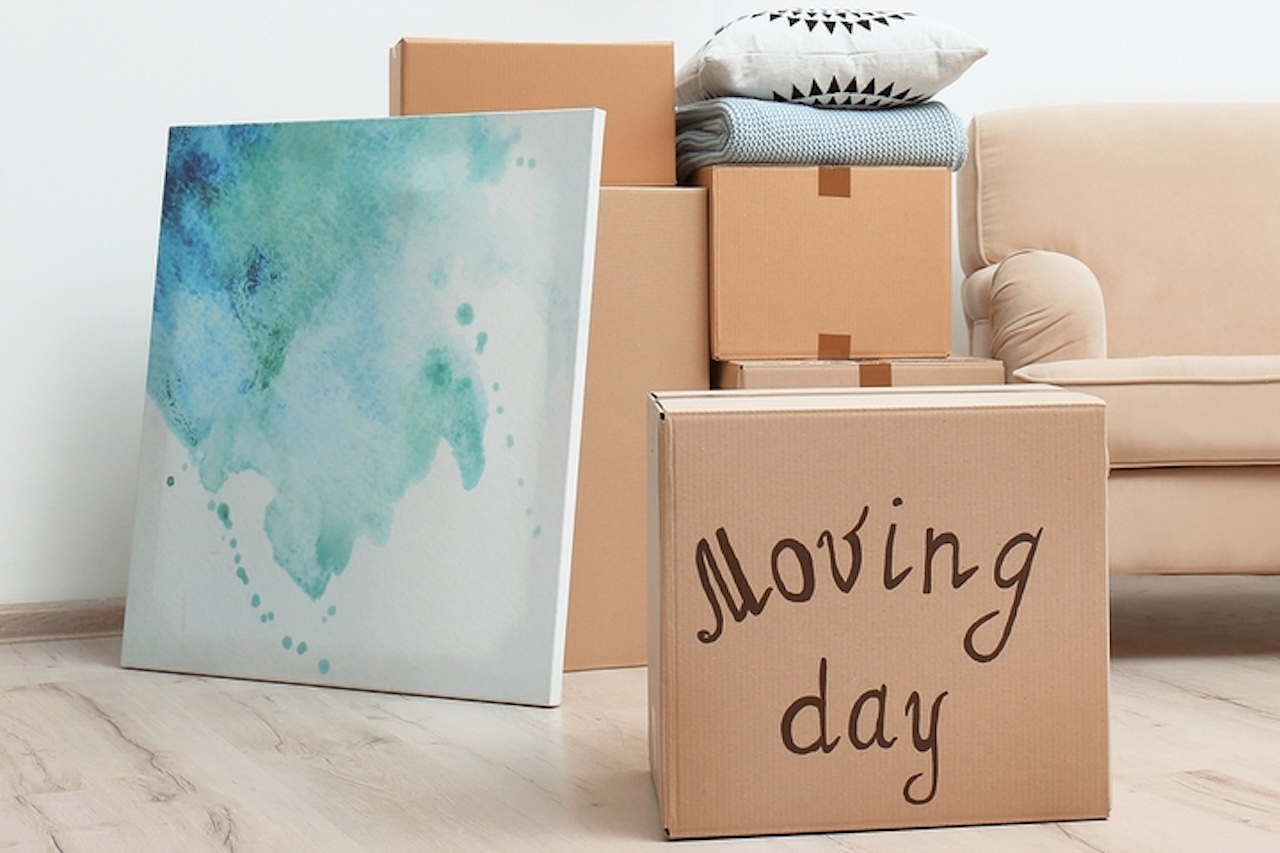
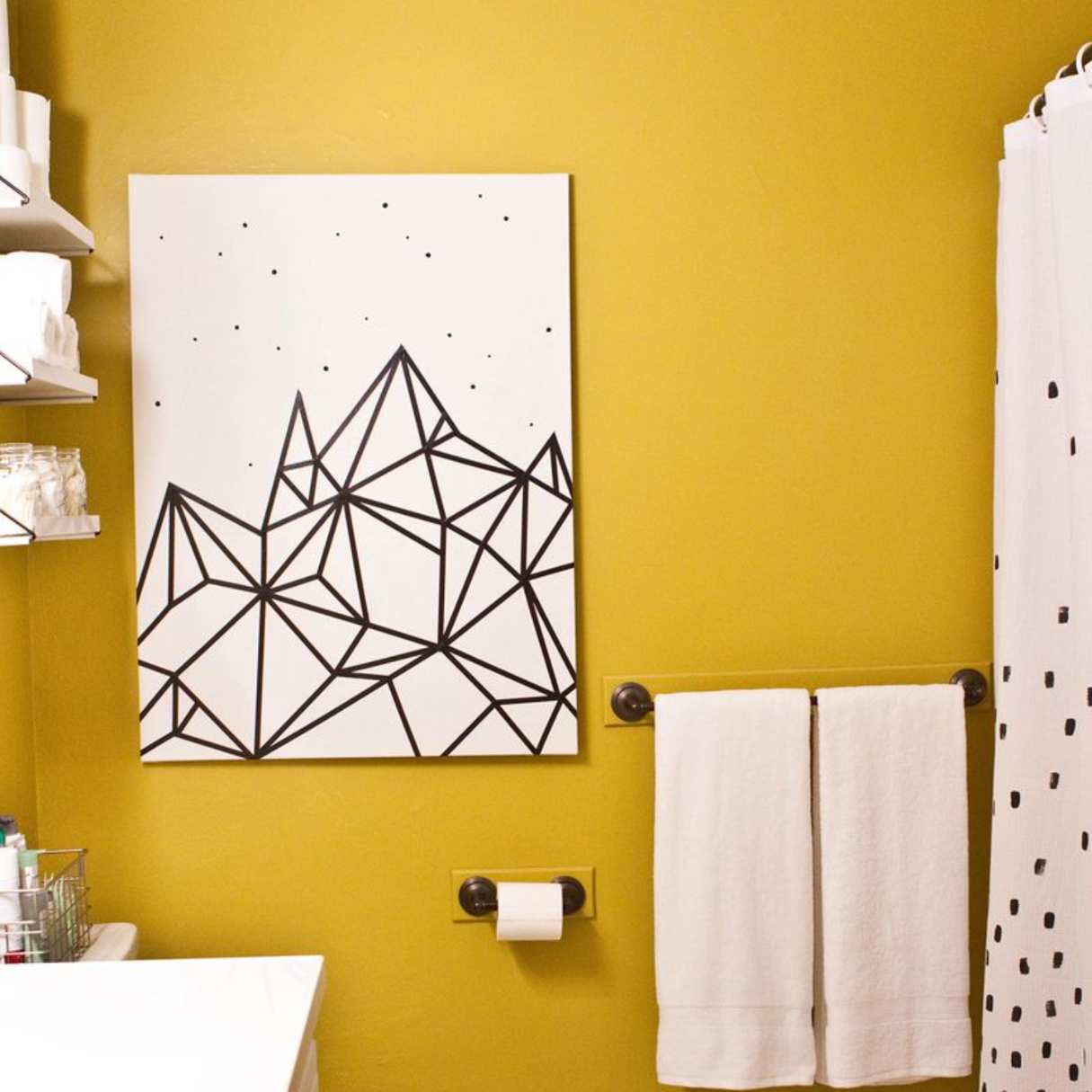
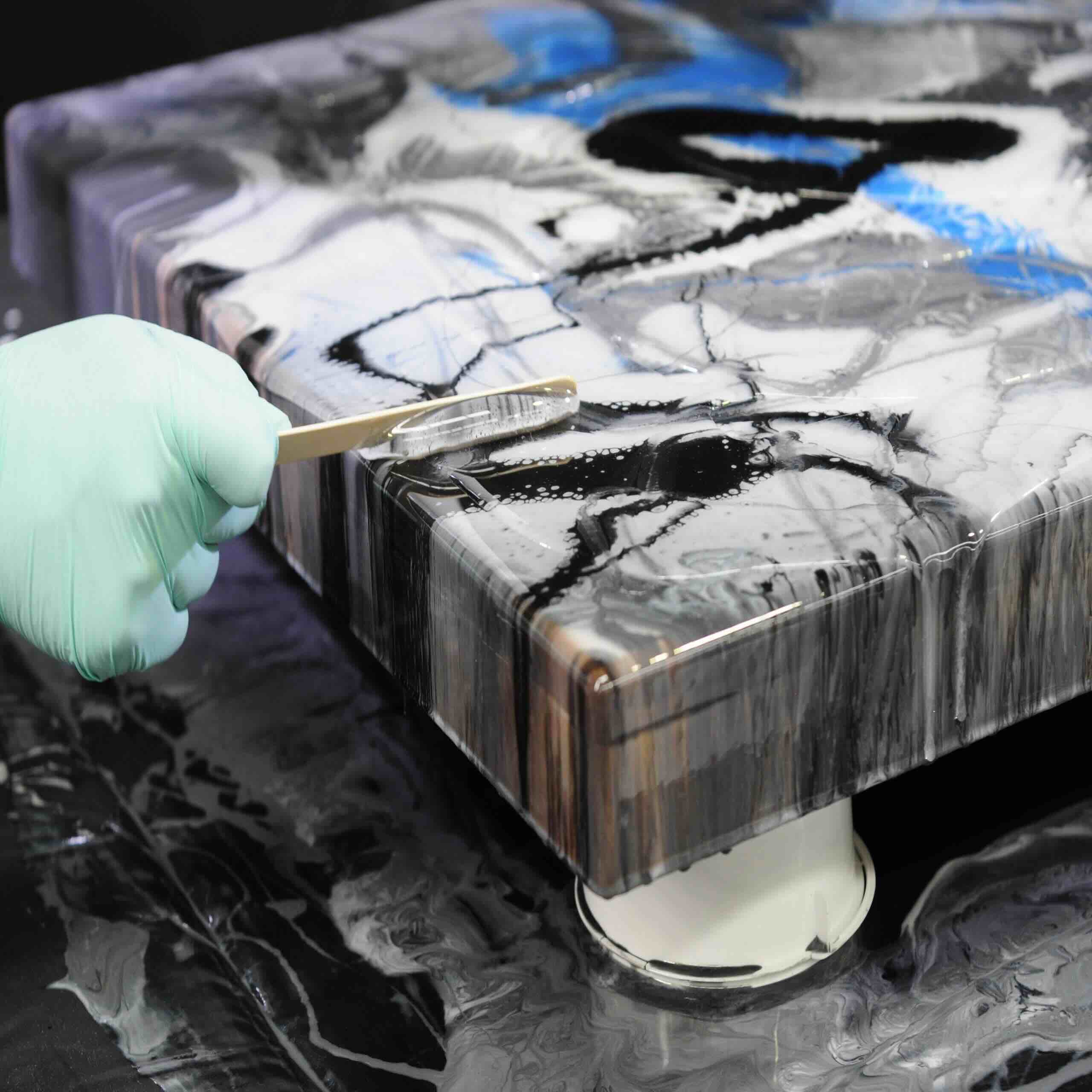
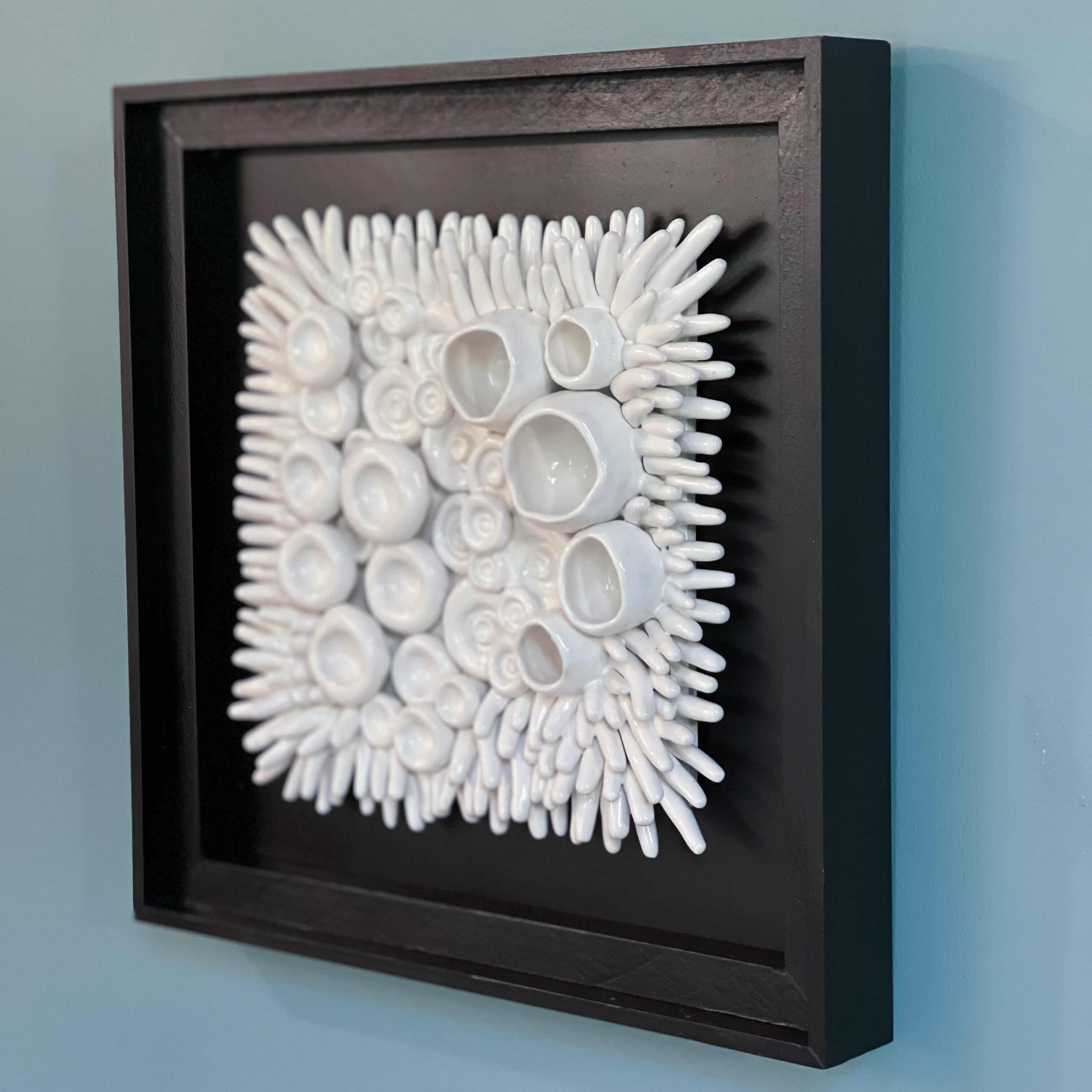
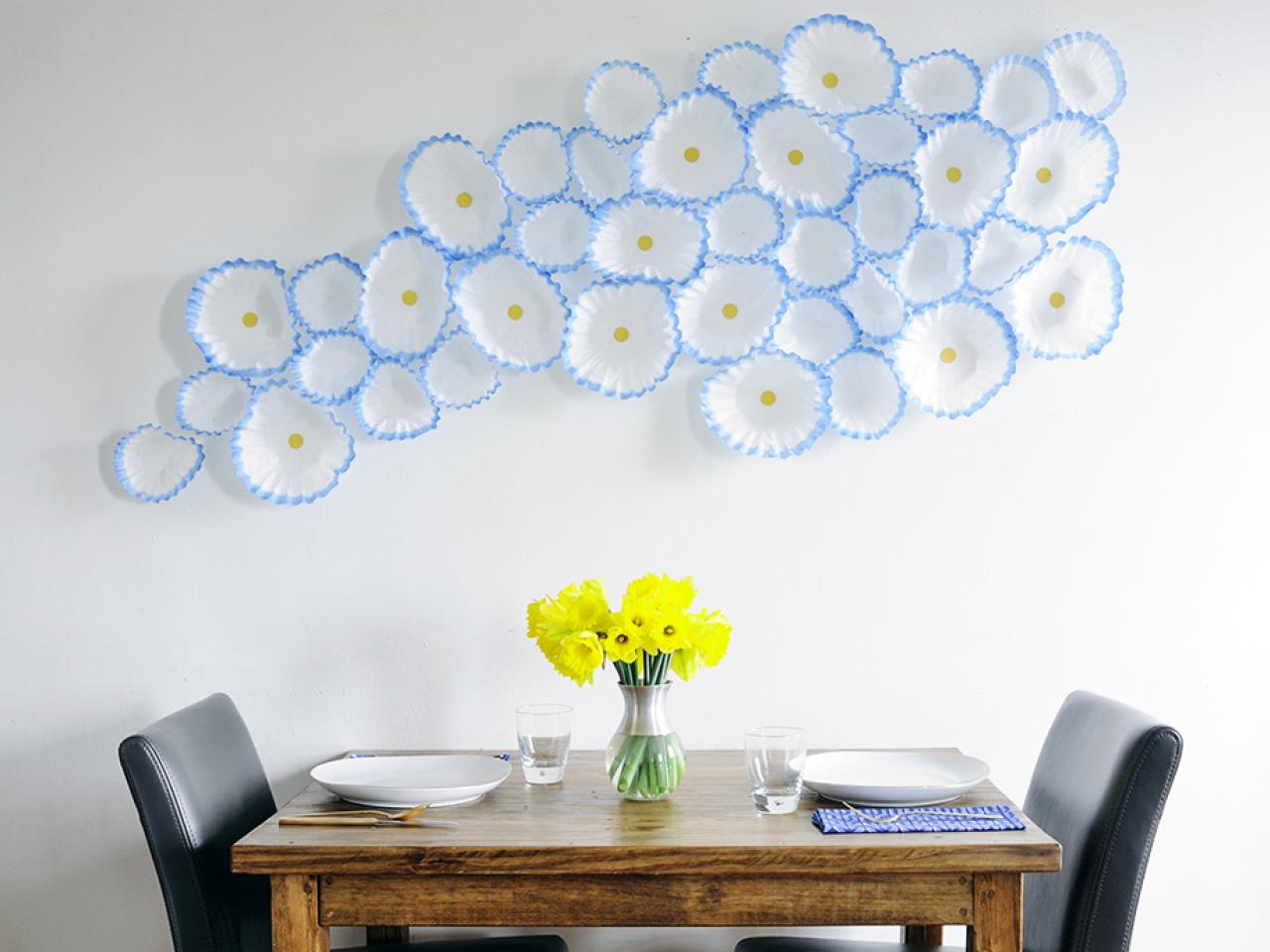
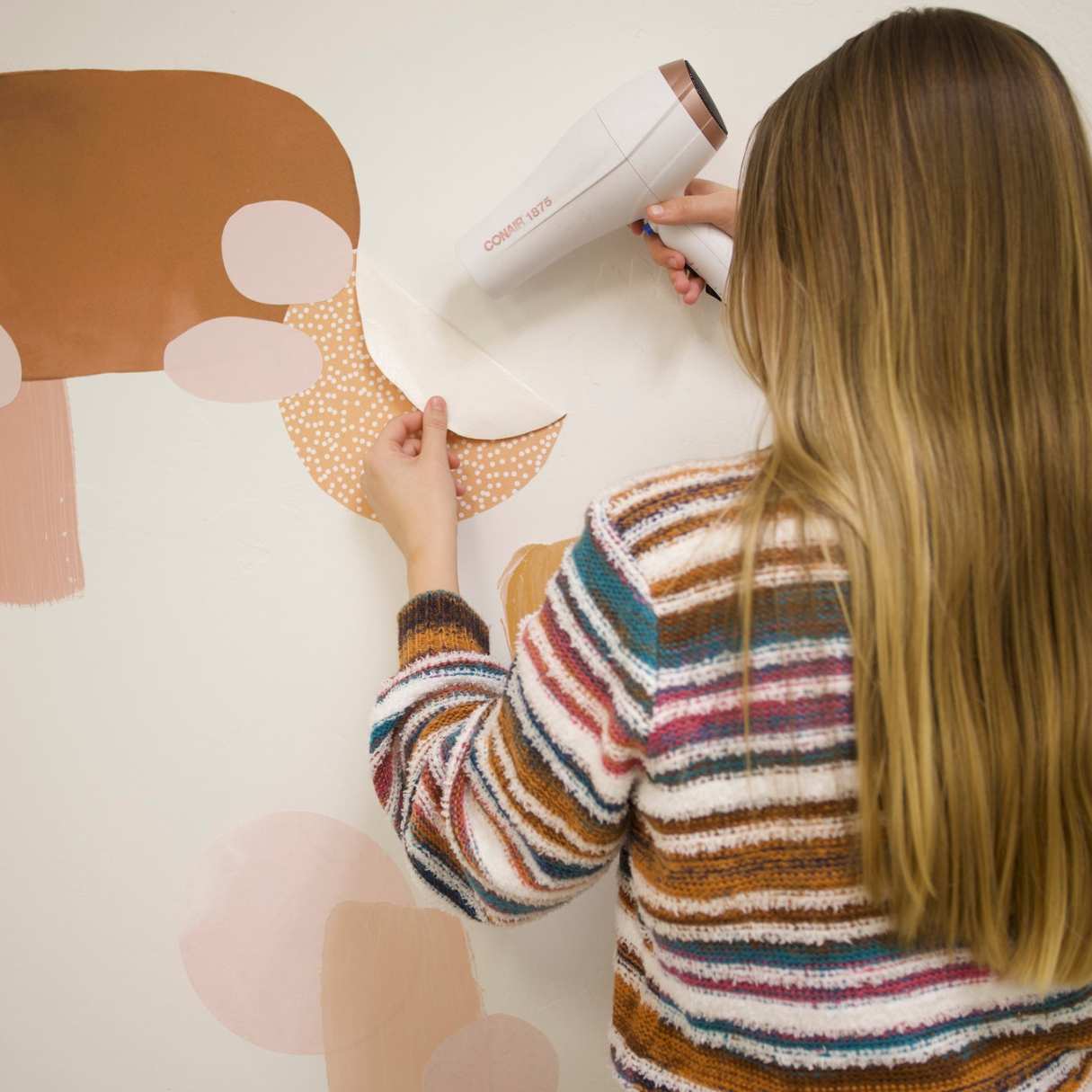

0 thoughts on “How To Sell Wall Art”